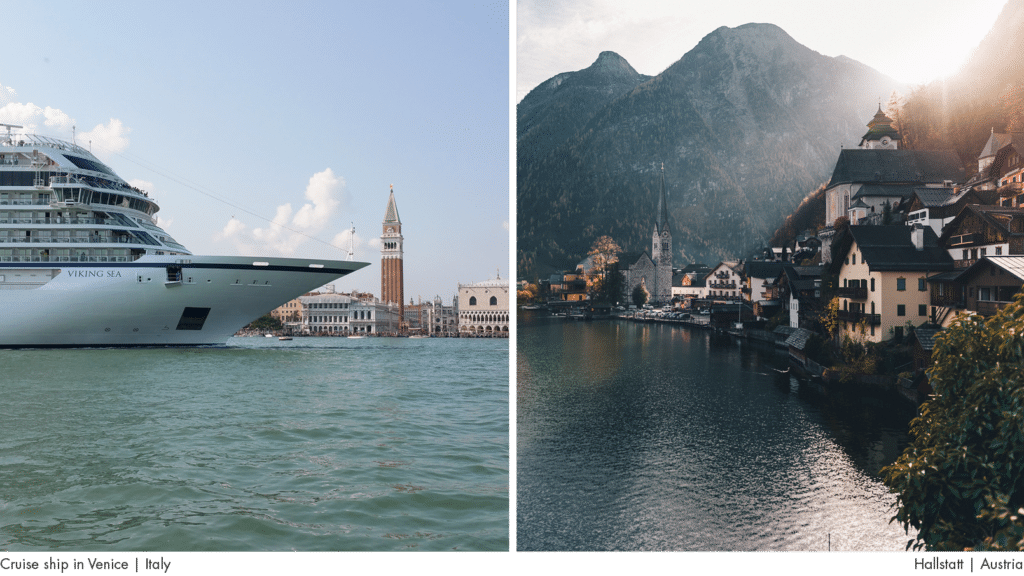Facts & Figures
The world is becoming ever more connected. This isn’t just the case in the World Wide Web, but is also evident in the travel industry. People are increasingly visiting foreign cities and countries, a trend which is noticeable in tourism around the world and which plays a roll in the steep rise of the developmental curve. Achieving record highs each year, global tourism is growing steadily. According to the UNWTO (World Tourism Organization), arrivals worldwide amounted to an impressive 1.4 billion in 2018. By comparison, this number was just 531 million in 1995. This equates to an average yearly increase of about 4.2 percent.
Whilst overnight stays and arrivals have been on the rise, guests‘ expenditures have been too, with tourism expenditures growing even faster than those of arrivals. With an average annual growth rate of 5.6 percent since 1995, the growth of tourism is becoming an increasingly important economic factor which is steadily contributing to gross national products.
Outlook
Considering that tourism is only just taking off in some countries, the global tourism growth curve seems to be far from its zenith and much future growth is expected. China, which can boast nearly 20 percent of global tourism spending, is a prime example of this.
With 51% of all arrivals, Europe remains in first place. North and South America come second place, but lie far behind, with just 16 percent of arrivals.
Massive European demand has meant that many destinations have not been able to sufficiently meet the growth in demand (overnight stays) with a growth in supply (rooms). With an existing occupancy rate of 80 percent in cities like Vienna, Berlin and Amsterdam, room prices are expected to rise in popular city destinations as demand outpaces supply.
Overtourism and it’s results
Ever growing numbers of tourists also has its downsides: „Overtourism“ is an issue that not only afflicts smaller, highly frequented regions, but also entire cities. Hallstatt and Salzburg are examples of this, as are Venice, Amsterdam’s city center and Palma, which is literally inundated by cruise ship passengers. This poses a range of challenges and calls for new ideas and ways of preserving the uniqueness of these cities – and consequently also the tourism that has sprung forth from the cities‘ unique features.
Global growth in tourism thus requires the development of new hotel properties, as well as new destinations. Ideally, such developments must be bolstered by sensitive handling of key issues such as „flight-shaming“, sustainability, CO2 neutrality and overtourism.



